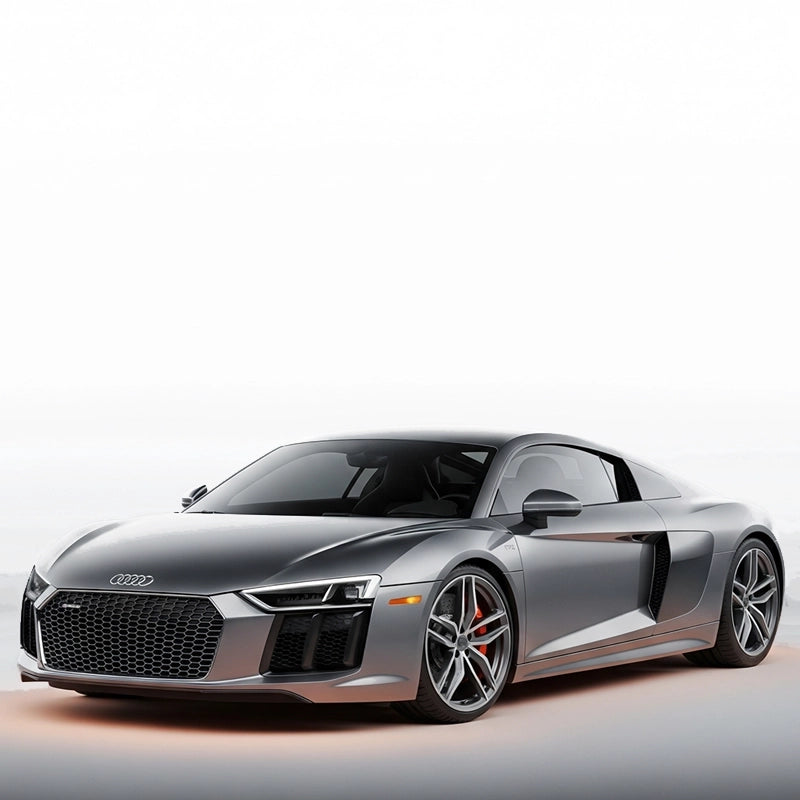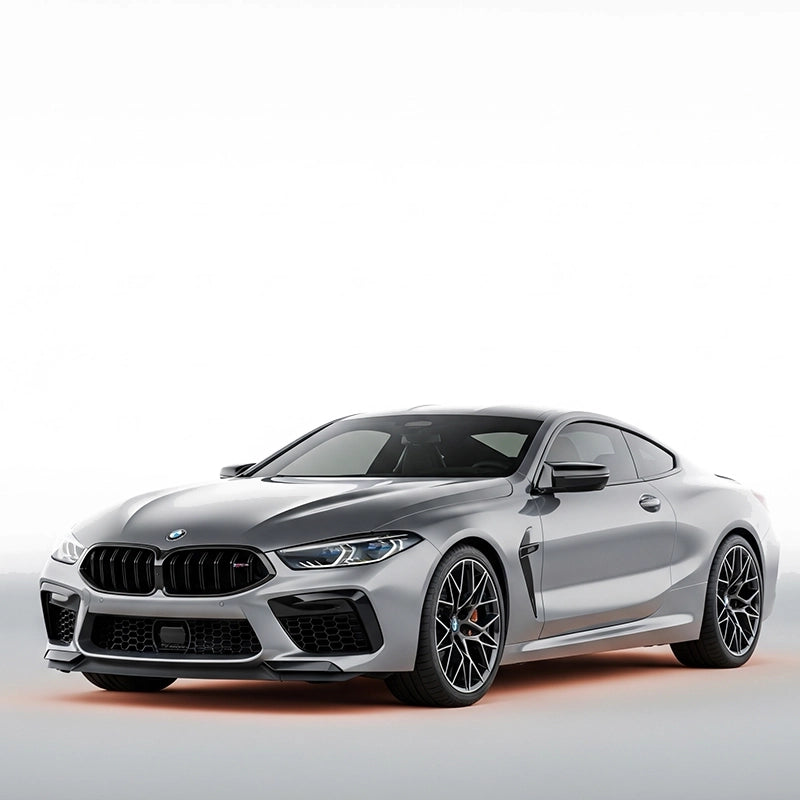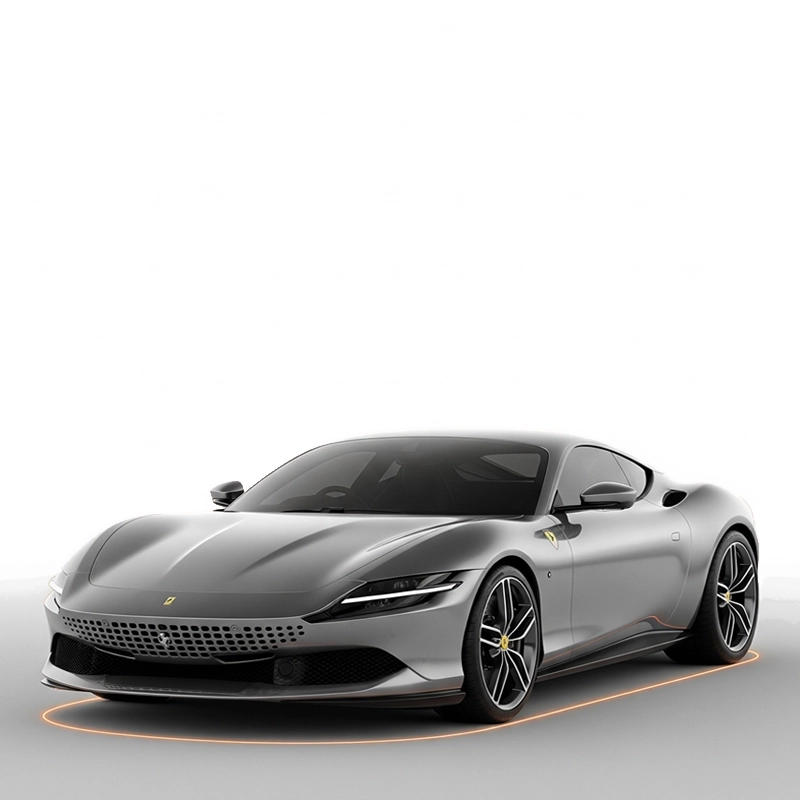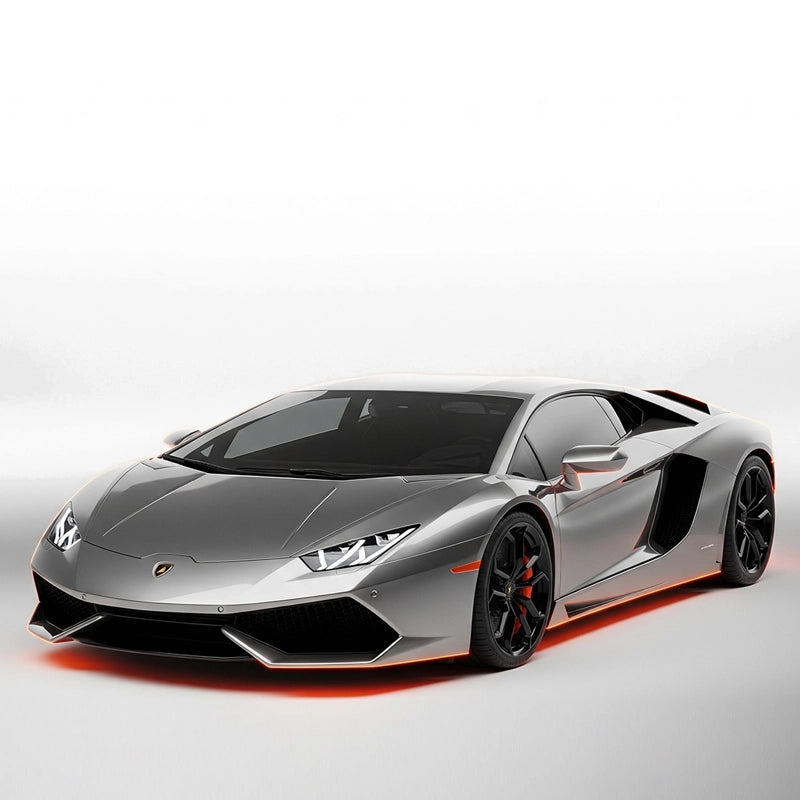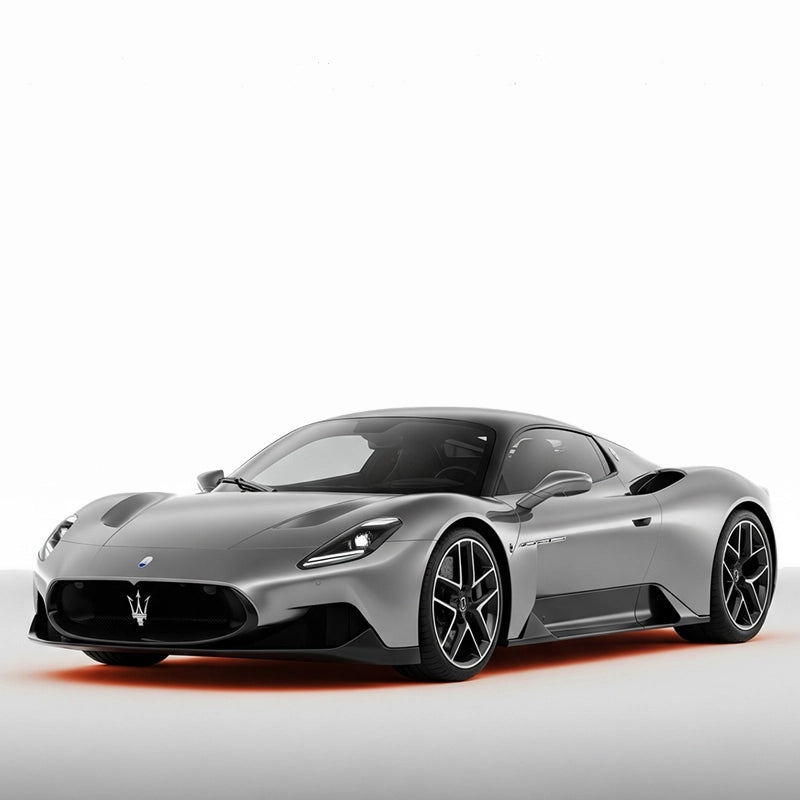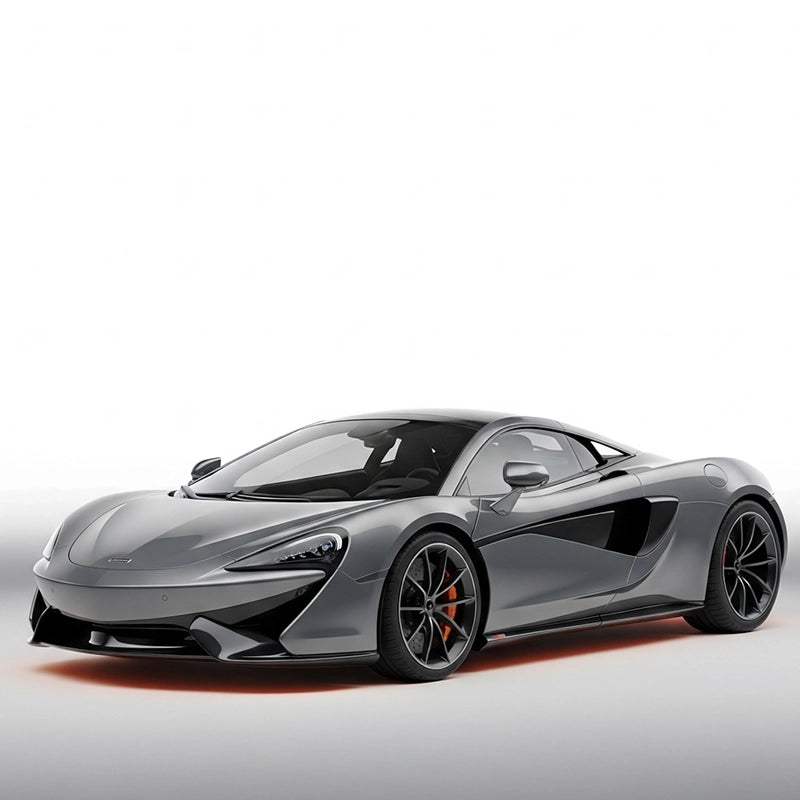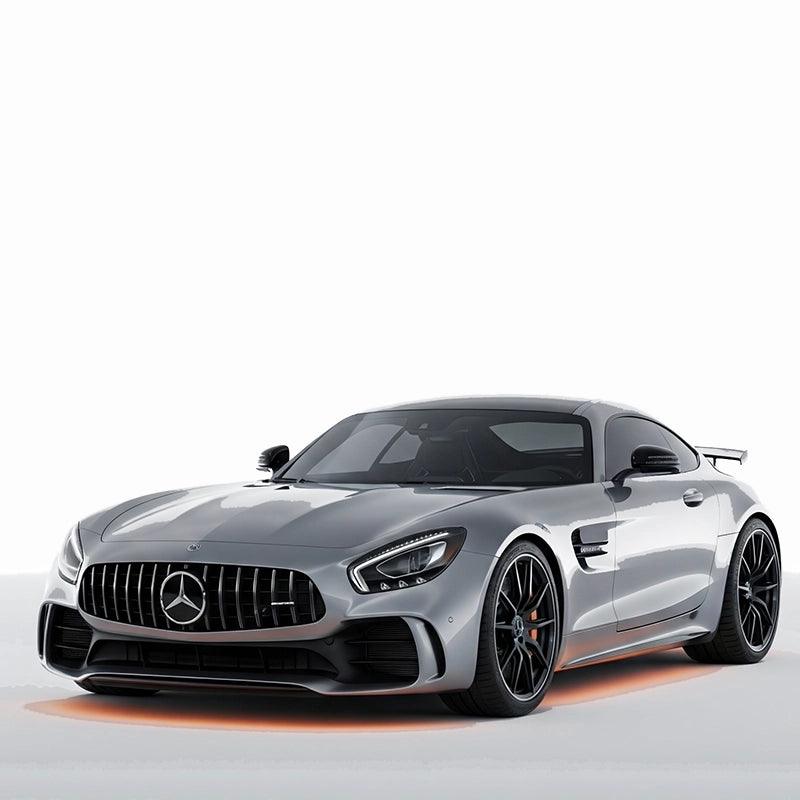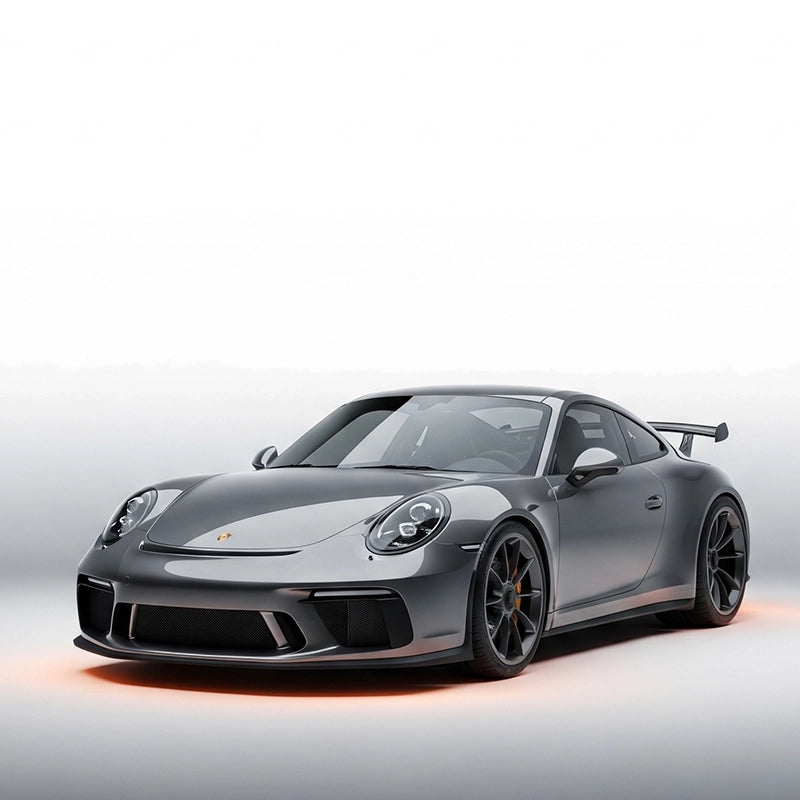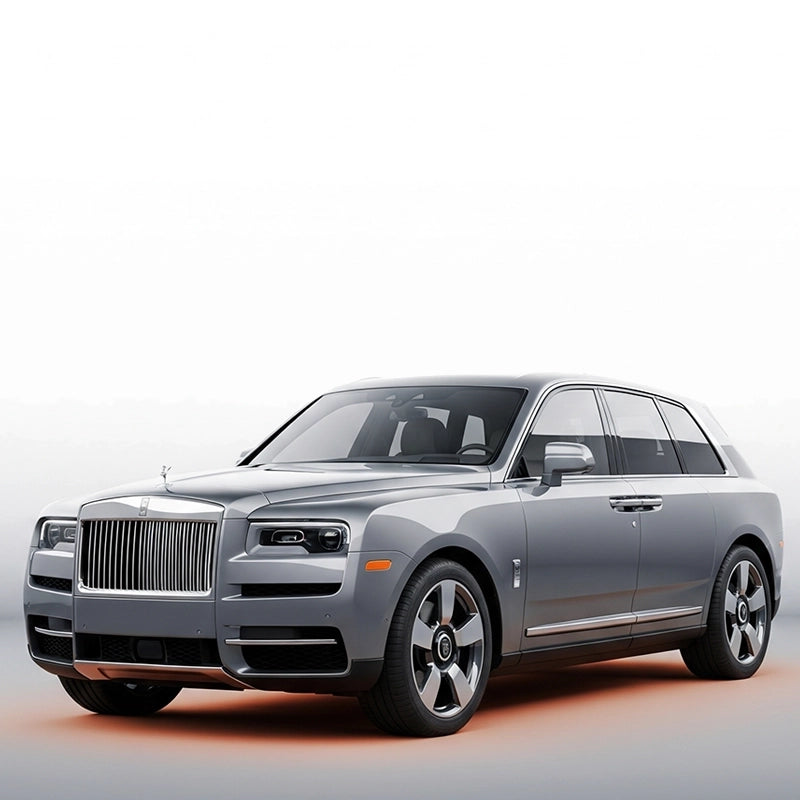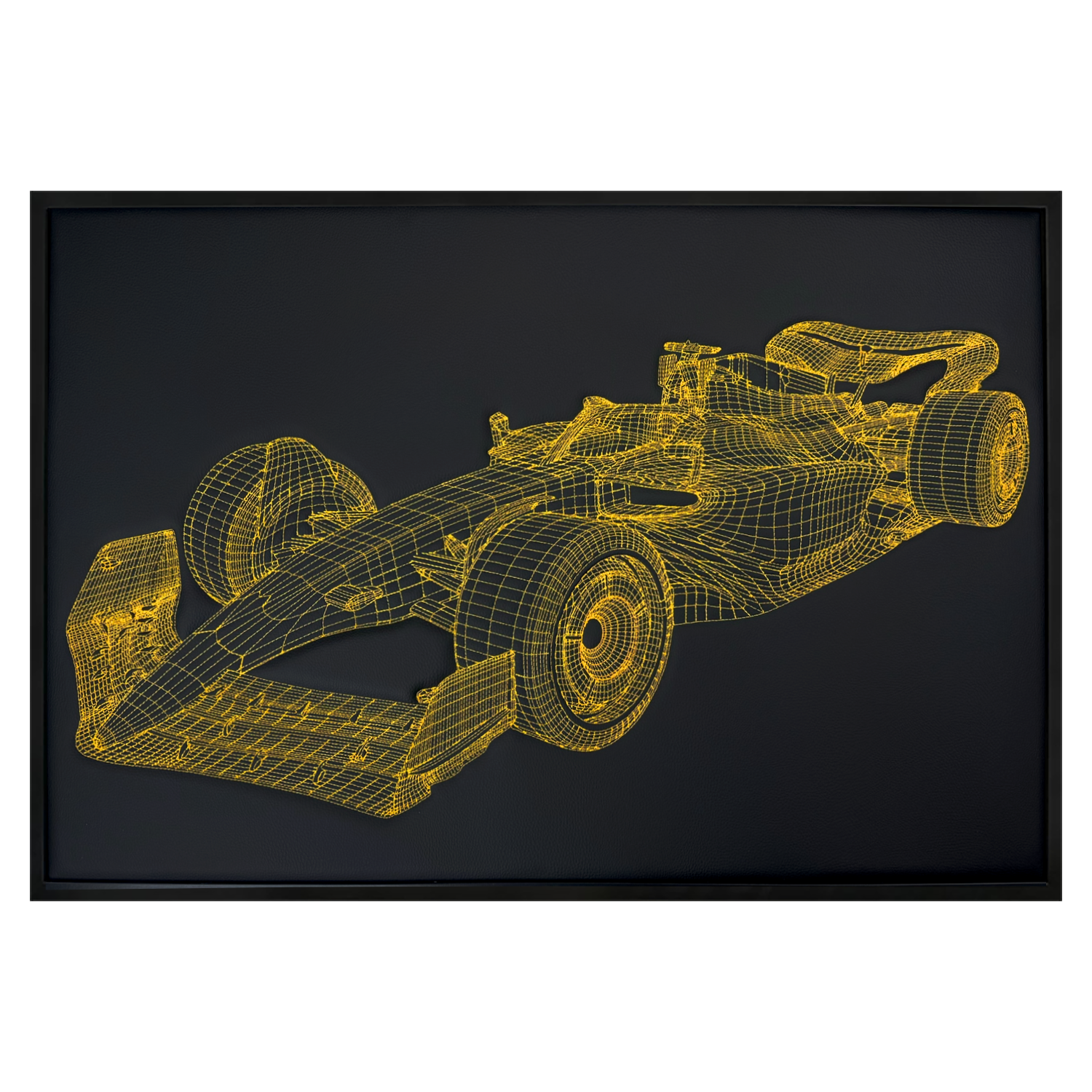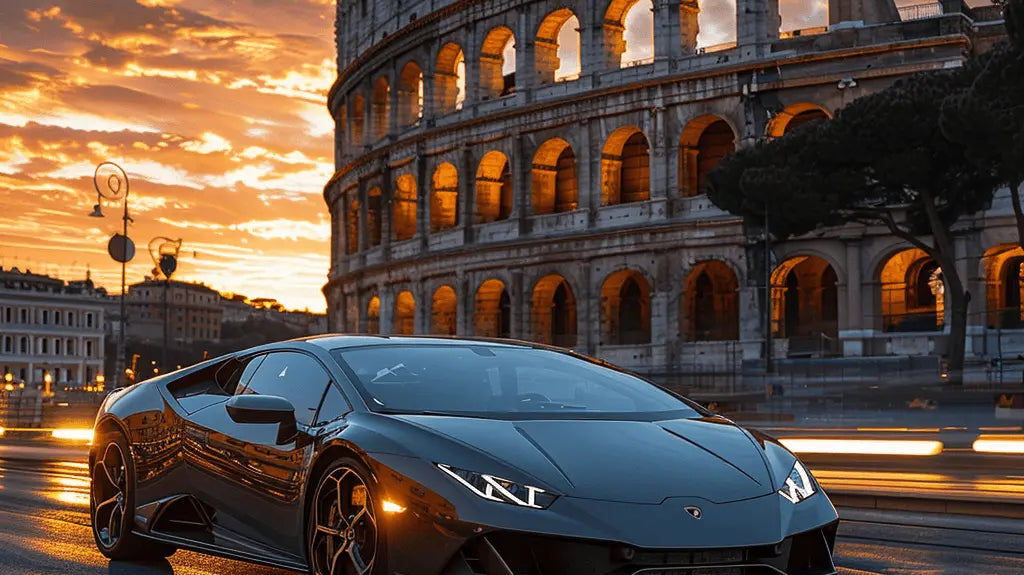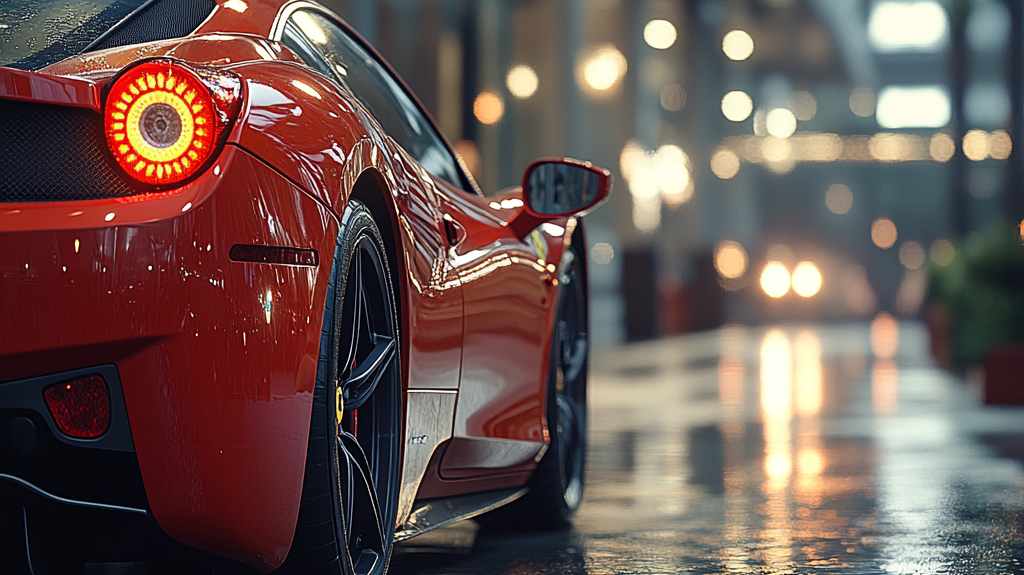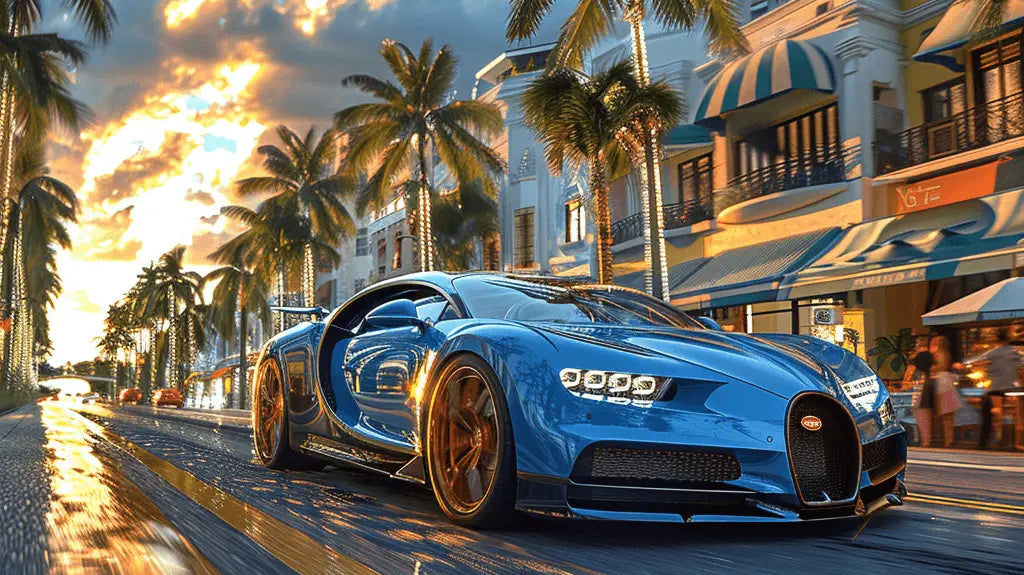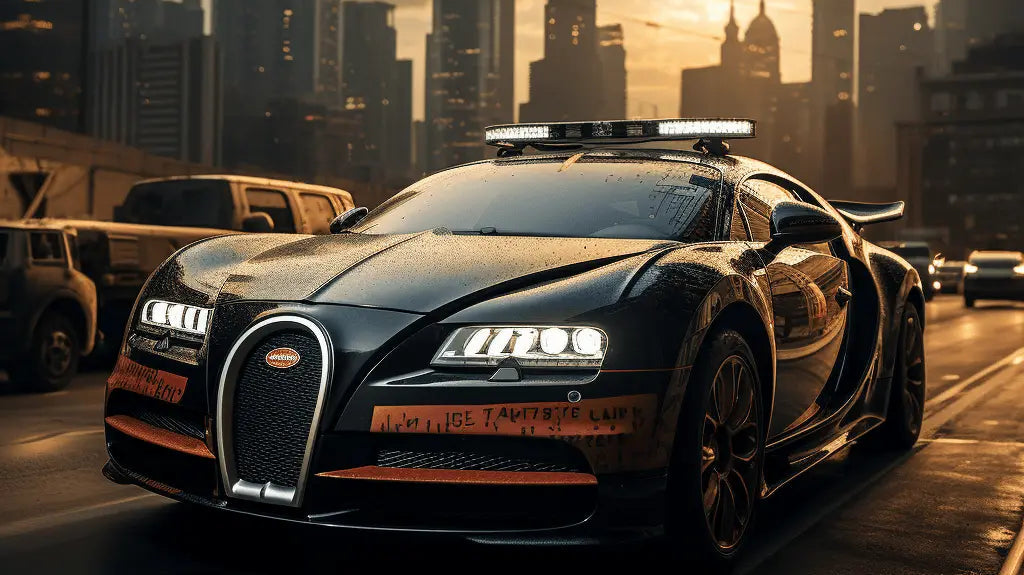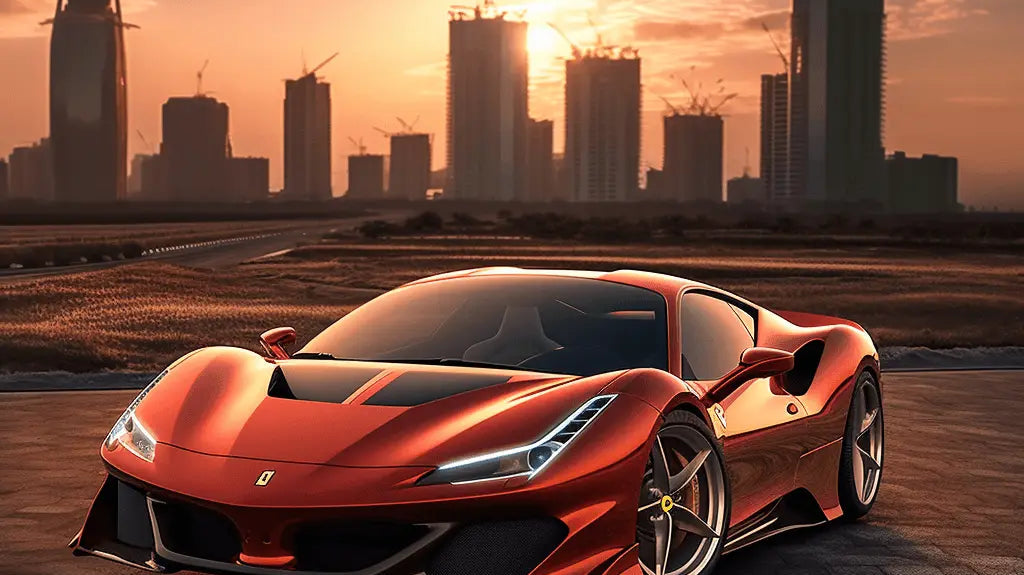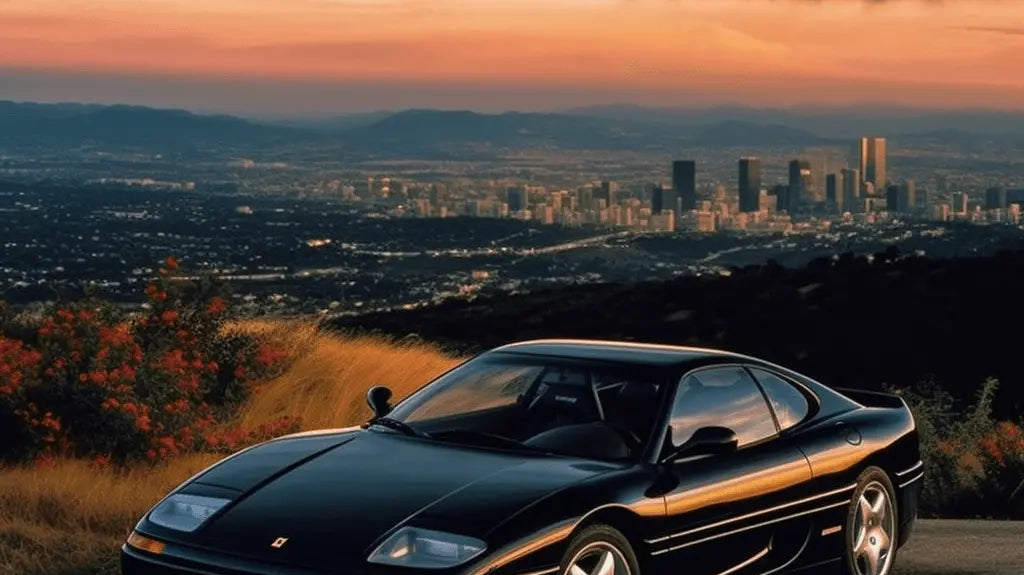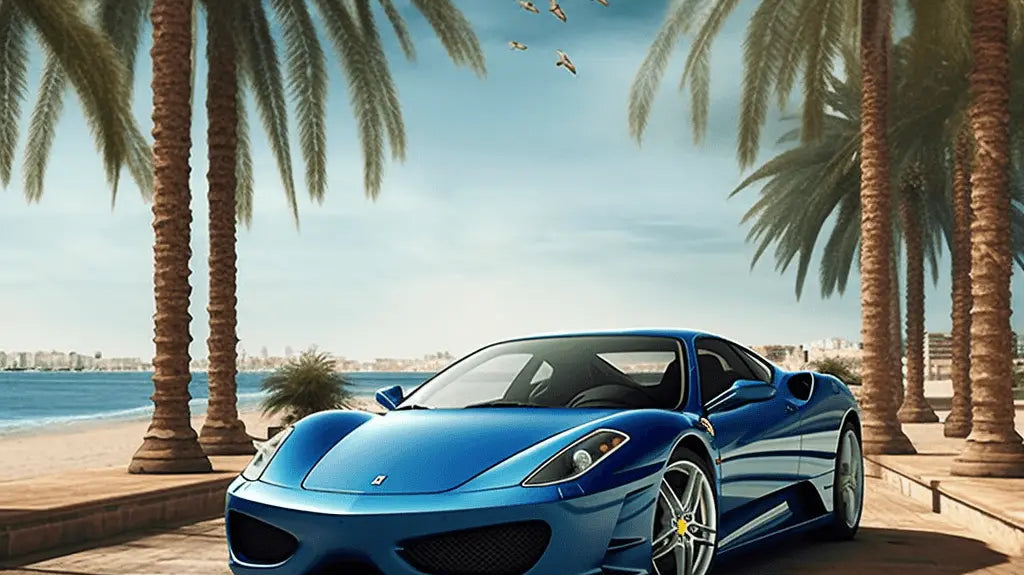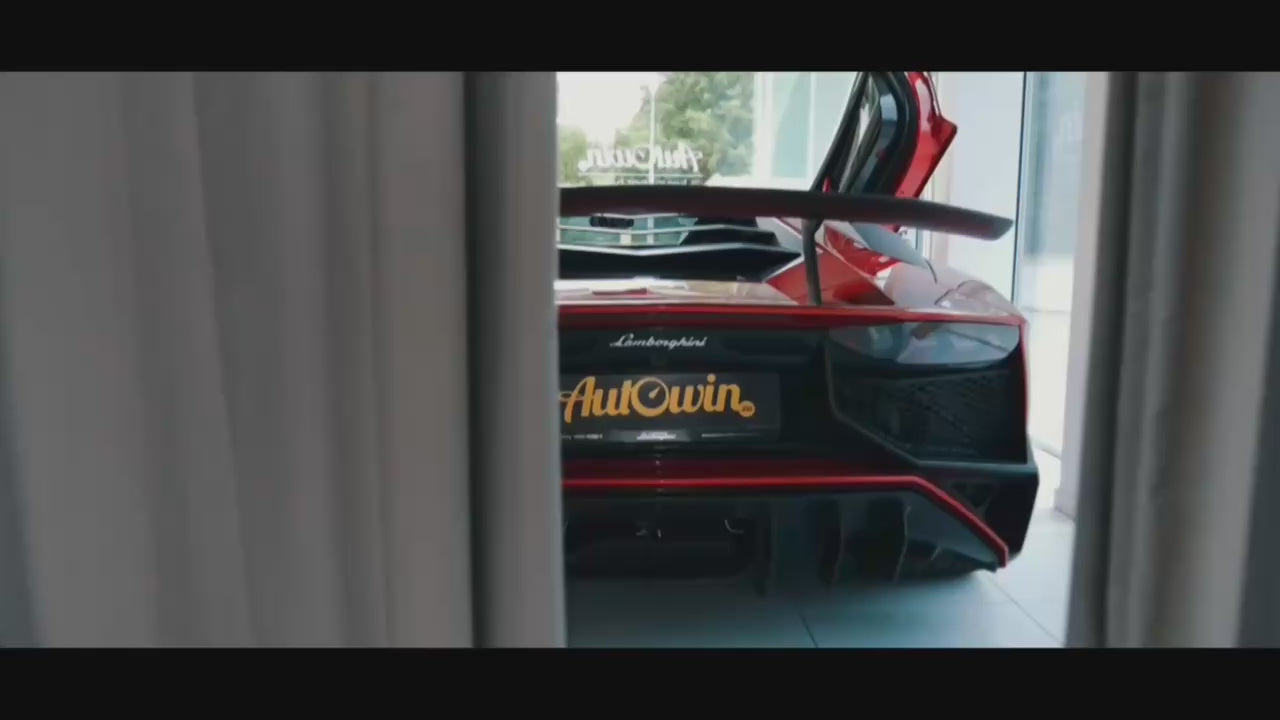Ferrari’s Transition from V12 to V6 Engines: When Maranello Changed Its Tune
I still remember the first time I parked a V12 Ferrari after a dawn blast. You don’t switch it off; you land it, heart rate a step behind. The car smells like hot metal and ambition. So when I slid into a modern V6 Ferrari recently—the sort of car that clicks quietly into EV mode as you roll out of your driveway—I’ll admit, I raised an eyebrow. Could this be the same brand that taught a generation to measure joy in cylinders? That’s the story of Ferrari’s transition from V12 to V6 engines: less a betrayal, more a carefully plotted remix.
The V12 Legacy: The Old Religion
For decades, the V12 was Ferrari doctrine. Enzo Ferrari adored the layout—silky, balanced, the right kind of overkill. From the 250 GTO’s jewel-like 3.0-liter to the 812 Superfast’s operatic 6.5, these engines told you where the money went the instant you blipped the throttle. On road or circuit, the V12 became part of the brand’s DNA, a calling card as much as a power source.

Why Ferrari’s Transition from V12 to V6 Engines Happened
Here’s the twist: the idea didn’t start as a marketing memo about emissions. It started with Alfredo “Dino” Ferrari, Enzo’s son. Dino championed a compact, lighter V6—sharper turn-in, more agility, better packaging—long before “hybrid strategy” became a boardroom phrase. Sadly, his life was cut short, but his blueprint stuck. And with Formula regulations evolving in the late ’50s, Ferrari had a reason to try something audacious.
Dino 156 F2: The Spark for Ferrari’s Transition from V12 to V6 Engines
Enzo, ever stubborn yet sentimental, pushed Dino’s plan forward. The Dino 156 F2 arrived with a 65° V6, a clean break from the big-cylinder lineage. It wasn’t just a different sound; it was a different way of racing. Lighter nose. Quicker changes of direction. The sort of car that feels nervous in a good way—like it wants the apex more than you do. In period, output varied by tune, but the little V6 punched far above its weight, and suddenly, the paddock paid attention to Maranello’s “small” engine.
From F2 to F1: Ferrari’s Transition from V12 to V6 Engines Goes Global
Success breeds confidence. In 1958, the Ferrari 246 F1 landed with a Dino V6 and promptly proved the concept at the top tier. Power figures hovered around 280–300 hp—serious muscle for the time—and the car brought agility that the larger engines struggled to match on tighter circuits. The message was clear: the V6 wasn’t a compromise. It was an alternative route to victory.
Quick comparison: V12 vs V6 character
- V12: linear, operatic revs; grand-tour swagger; effortless long legs
- V6: compact, eager; sharper front-end feel; better weight distribution
- Modern layer: hybrid torque fill makes the V6 feel immediate, even gentle around town
Table: V12 and V6 in Ferrari history
| Era | Engine | Representative Models | Approx. Power | What It Feels Like |
|---|---|---|---|---|
| 1960s | V12 | 250 GTO, 275 GTB | 280–300 hp | Silky pull, builds like a symphony |
| 1958–1961 | V6 | Dino 156 F2, 246 F1 | ~190–300 hp (tune dependent) | Light nose, razor responses, race-first |
| 2010s–2020s | V12 | F12, 812 Superfast | 730–789 hp | Epic reach, spine-tingling top-end |
| Today | V6 Hybrid | 296 GTB/GTS | 819 hp (combined) | Immediate shove, playful balance, eerily civilized in town |
What Ferrari’s Transition from V12 to V6 Engines Means on the Road Today
Fast-forward to the 296 GTB. The 3.0-liter 120° V6 plus e-motor delivers 819 hp—numbers that would make an 812 blush—yet it’ll creep through the neighborhood on electrons like a Prius wearing a tux. When I took one across a gnarly B-road, the front end felt unburdened and eager. Hybrid torque fill covers the mid-corner hesitations you used to manage with a downshift. The sound? Different. No cathedral bells at 9,000 rpm, more a metallic snarl that hardens as you go. Not worse—just another kind of beautiful.
Highlights I noticed
- Immediate throttle response thanks to the e-motor’s torque fill
- Compact V6 helps the car pivot into corners with less effort
- Cabin calm in hybrid mode—quiet enough to hear the kids arguing in the back (in the GTS, anyway)
- Minor quirk: the infotainment can be fussy; glovebox “screen cleaning” becomes a ritual
Side note: A few owners told me they love the 296 for date nights in town—stealthy EV glide in traffic, full opera on the way home.
The Constant: Innovation Over Orthodoxy
Ferrari never abandoned soul for spreadsheets. What changed is how that soul is delivered. In the ’50s, the V6 was a clever way to go faster. Today, it’s how Maranello threads the needle: outrageous performance, a smaller footprint, and the ability to whisper when the city asks you to. That consistency—pursuing the fastest, most emotionally resonant solution—binds V12 and V6 across the decades.
Fun facts
- The 65° angle of the early Dino V6 balanced packaging and intake geometry for racing.
- The 296’s 120° bank angle lowers the center of gravity and improves turbo placement.
- Acceleration? A well-driven 296 GTB will do 0–60 mph in about 2.9 seconds. Hold on to the espresso.
Elevate the Cabin: Accessories That Actually Make Sense
All this talk of engines and I’m going to mention floor mats—yes, really. When you’re living with a Ferrari, you notice the small stuff daily: grit from your favorite coastal road, a stray pebble from the paddock parking. Quality mats matter more than you think.
AutoWin Floor Mats: A Practical Upgrade
I’ve seen the custom-fit sets from AutoWin in a couple of cars—well-cut, tidy edges, and they don’t slide about when you’re heel-and-toeing like a show-off. They’re a simple way to keep the cabin fresh without losing that Maranello feel. If you’re curious, you can browse the Ferrari-specific lineup here.

Shopping tip: AutoWin E‑Shop
Want something tailored for a specific model—say, a California T used for weekend escapes? The AutoWin e‑shop has a catalog that’s easy to navigate. Look for sets that match your interior trim so it doesn’t feel like an add-on.
Conclusion: Ferrari’s Transition from V12 to V6 Engines Was Evolution, Not Heresy
Call it growth. Call it racing logic. Either way, Ferrari’s transition from V12 to V6 engines started with Dino’s idea and ended up redefining what performance looks like in 2025. The V12 remains a shrine; the V6 (often hybridized now) is the sharpened tool. Different melodies, same orchestra. And honestly? On a cold morning with an open road, both will make you late for whatever you had planned.
FAQ: Ferrari V12 and V6, Answered
- Why did Ferrari move from V12 to V6 in racing? Packaging, agility, and evolving regulations. The V6 gave Ferrari an edge on tighter, more technical circuits.
- Is the modern V6 faster than a V12? In many cases, yes. The 296 GTB’s 819 hp hybrid V6 delivers staggering real-world pace and response.
- Does a V6 Ferrari still sound special? Different, but special. Less operatic wail, more focused snarl, with turbo and hybrid layers adding their own character.
- Are early Dino models “real” Ferraris? They weren’t badged Ferrari at first, but the engineering lineage is pure Maranello. Collectors certainly think so now.
- What’s the everyday benefit of the V6 hybrid? Effortless torque around town, lower running stress, and the ability to slip silently in EV mode when you need to.

